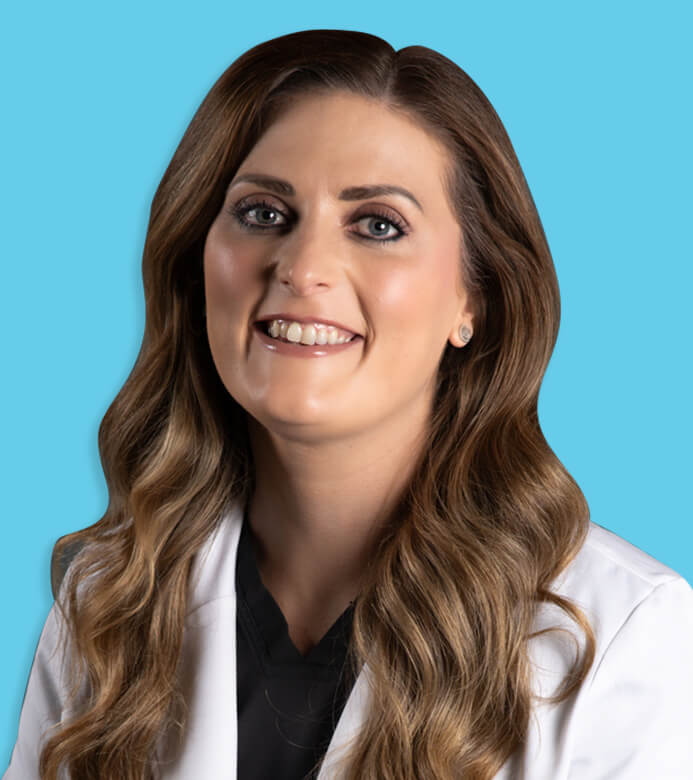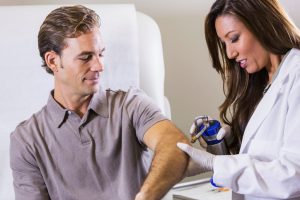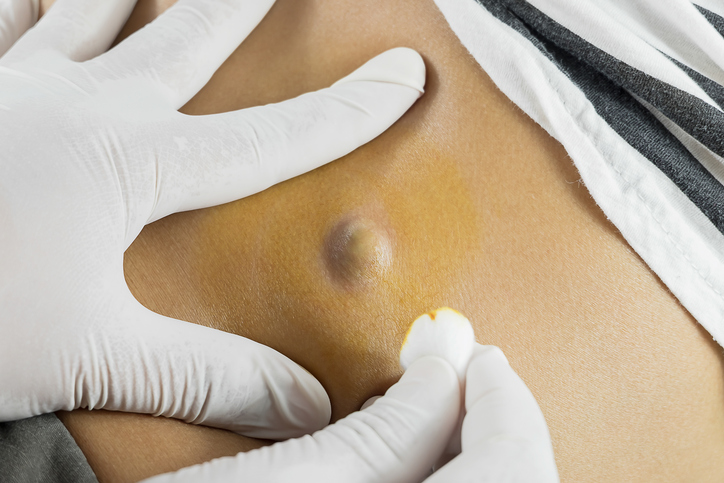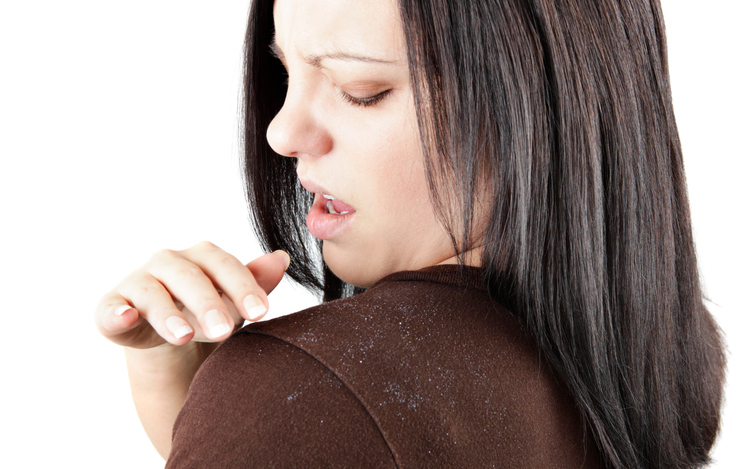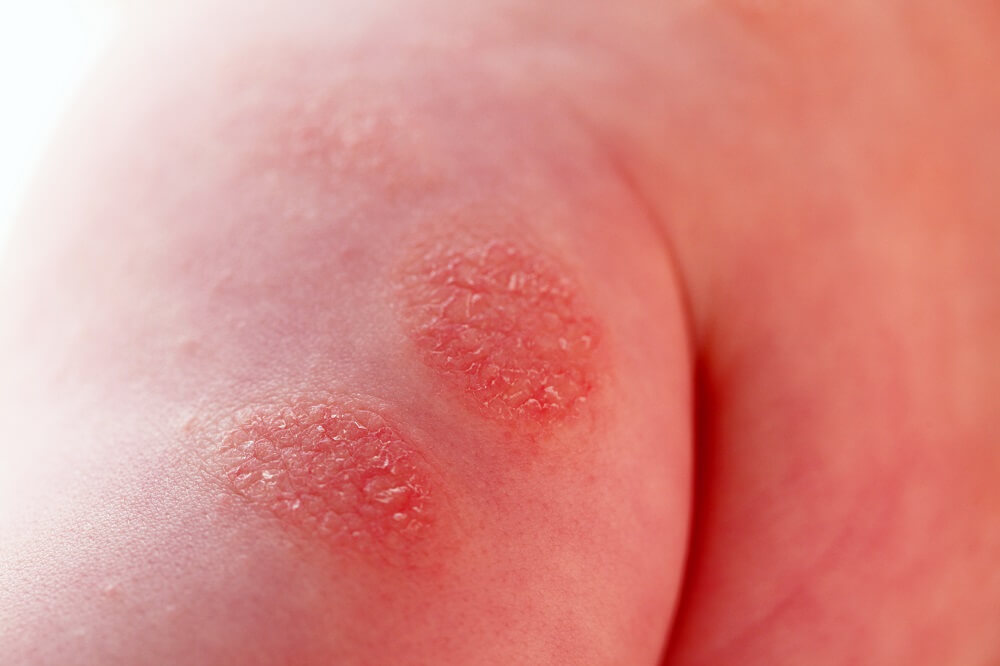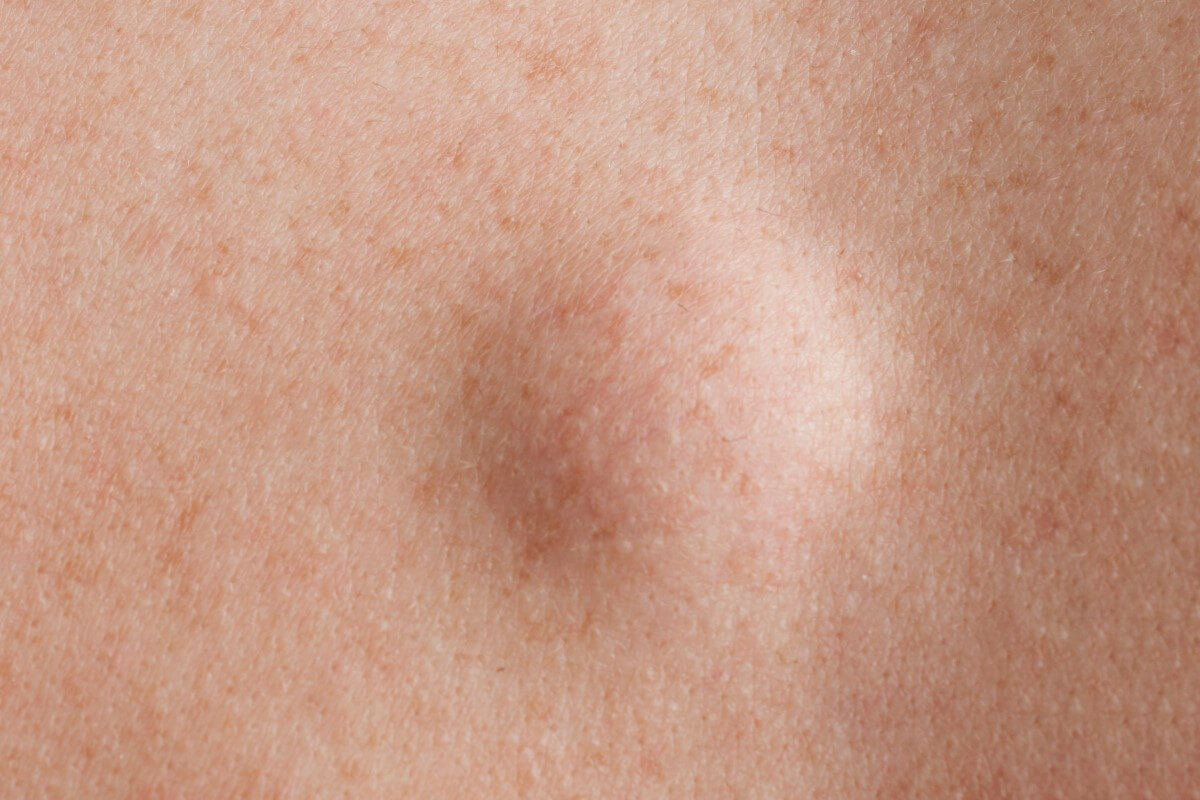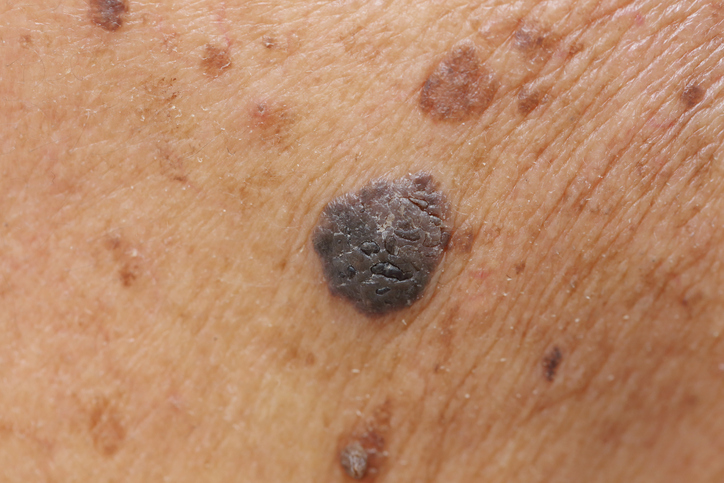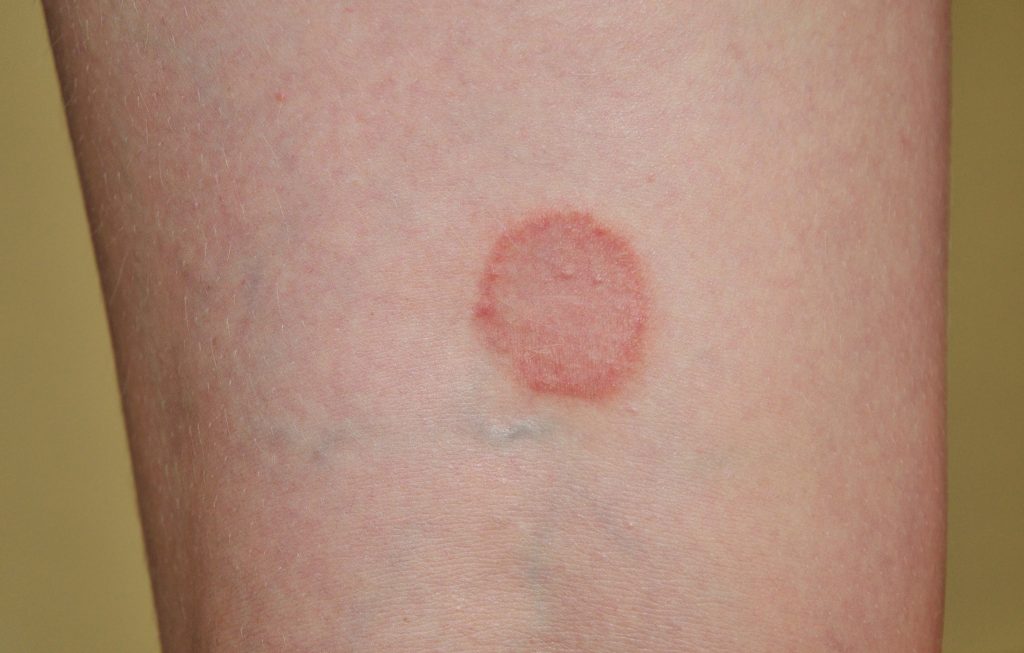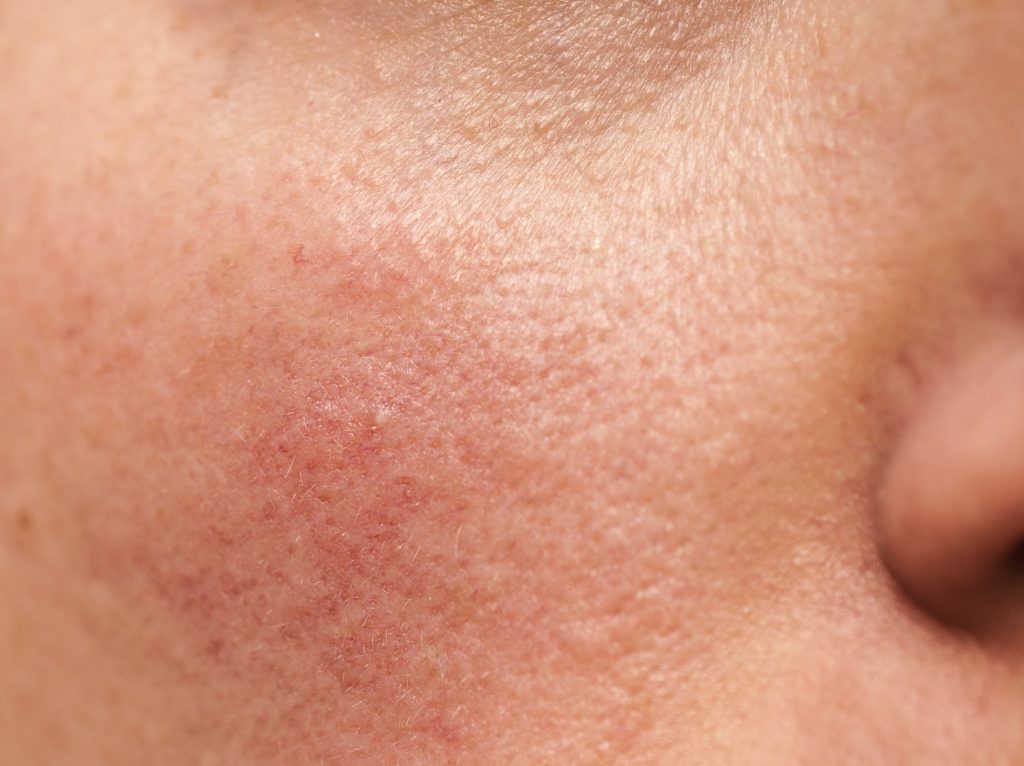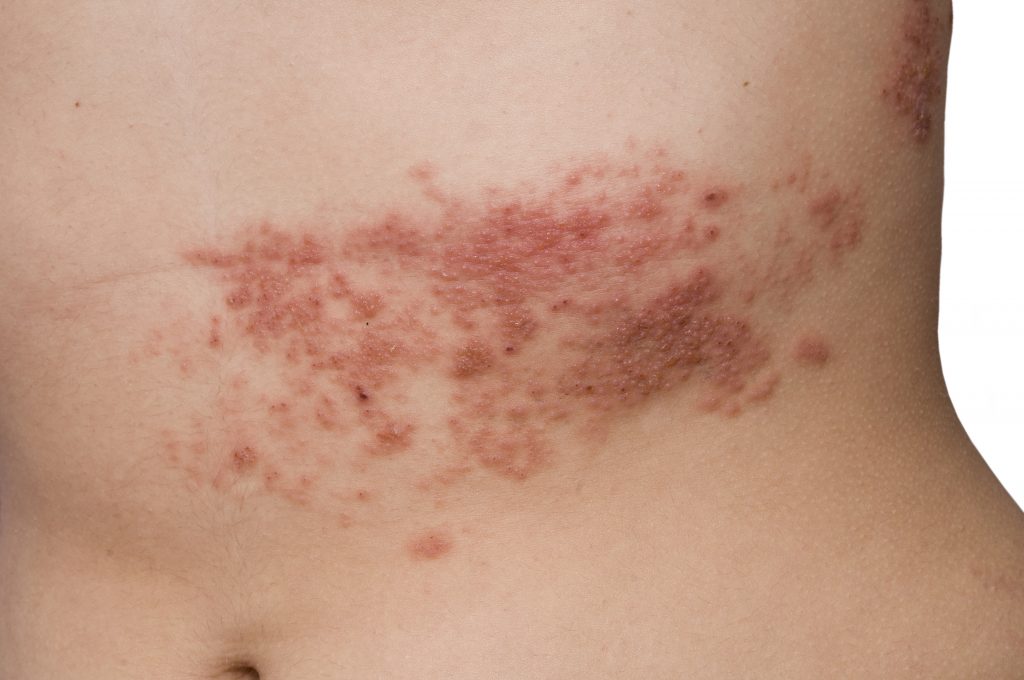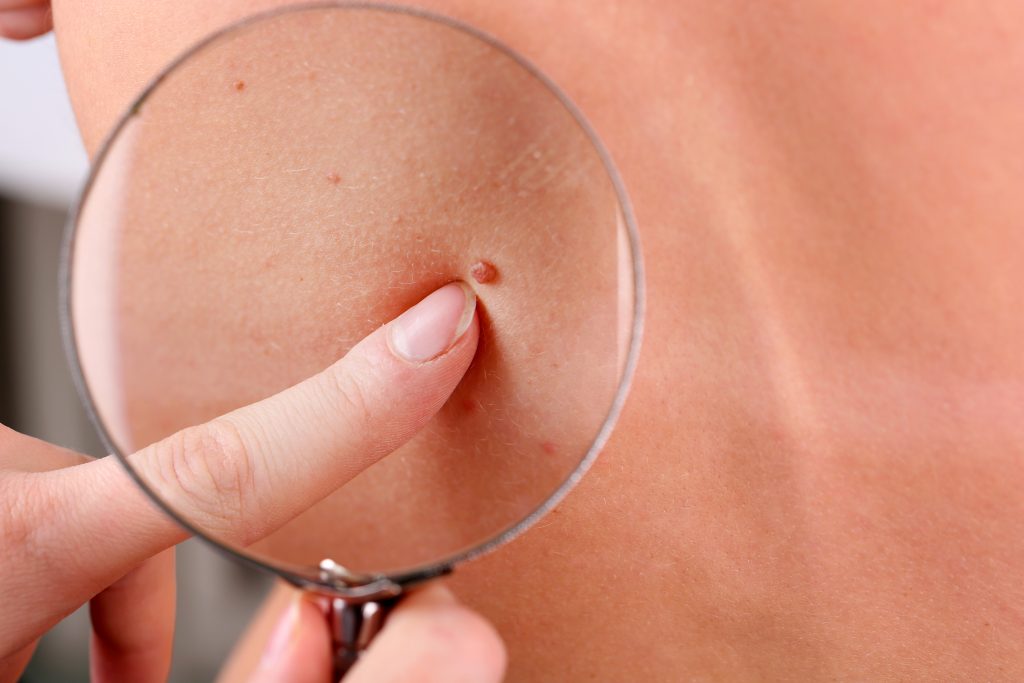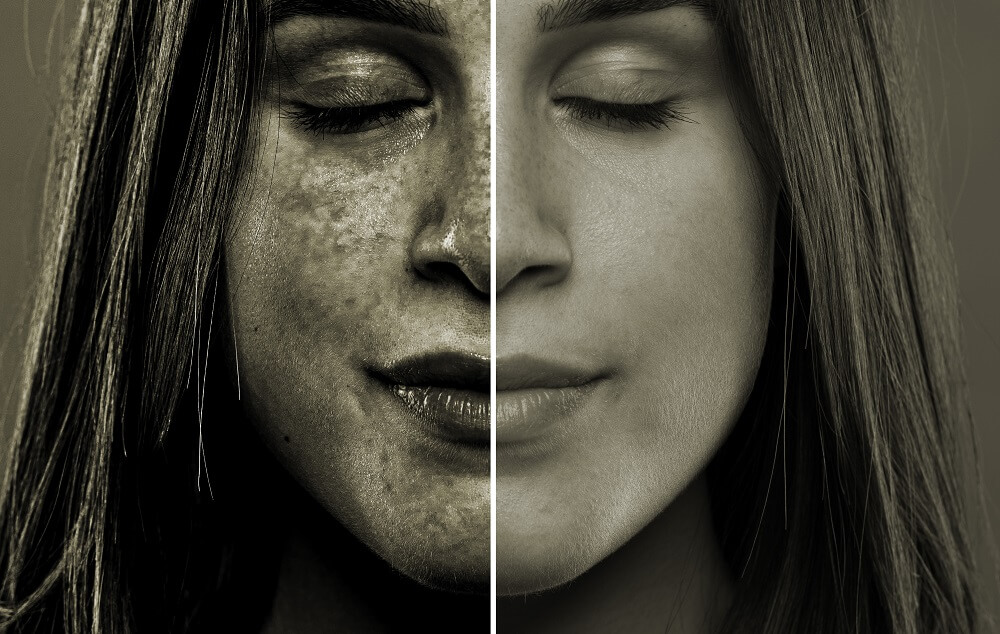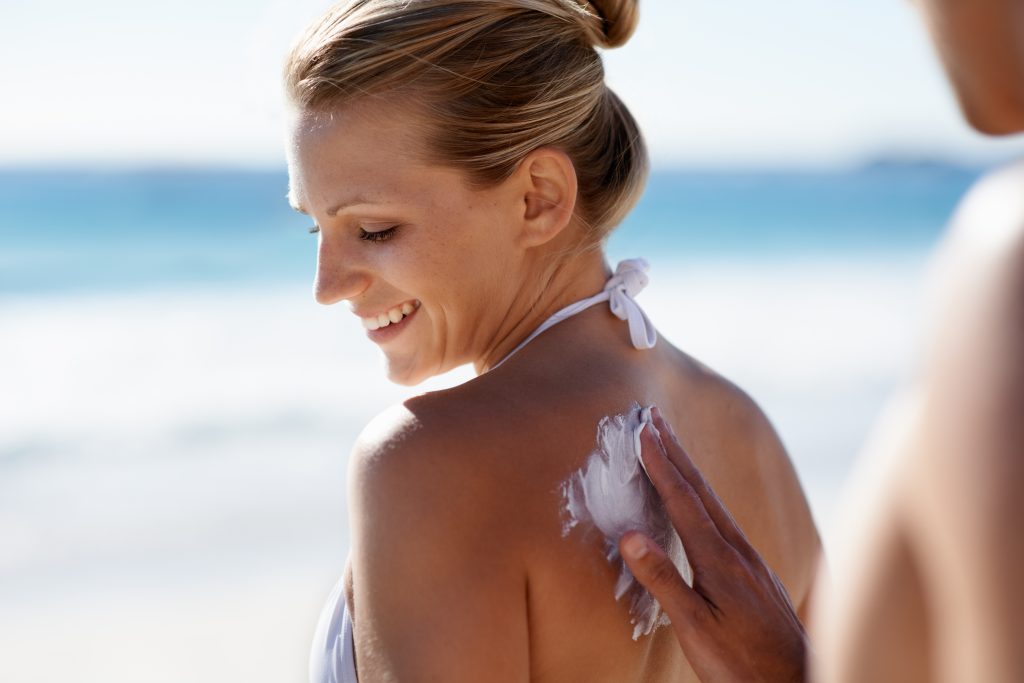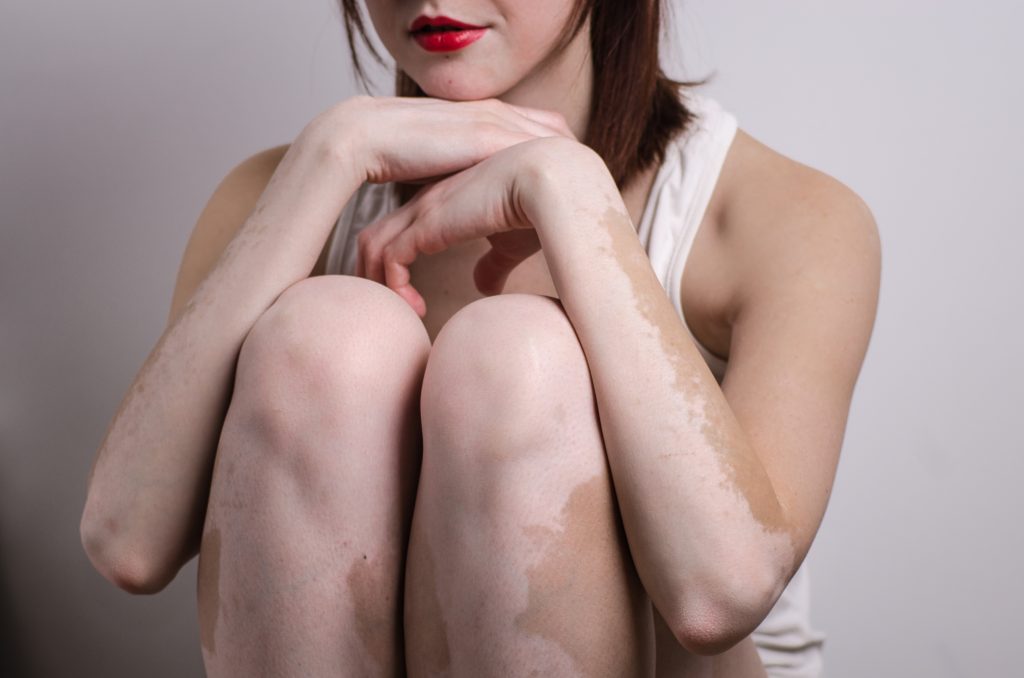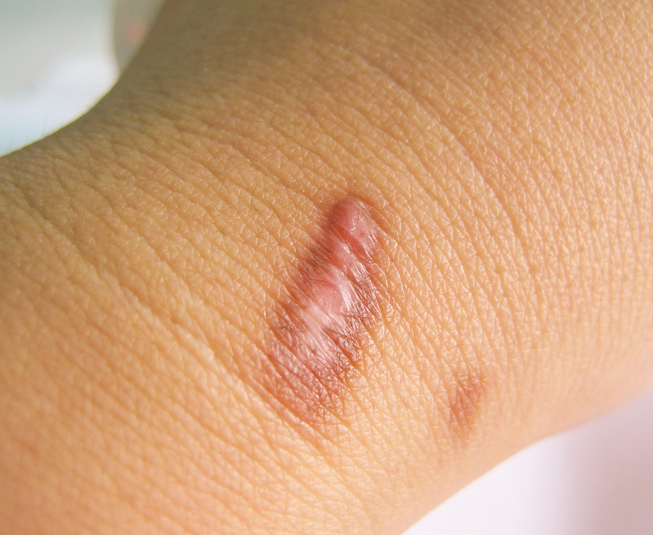Brandi Hernandez grew up in Sabine County and has always had a passion for returning to practice medicine in rural East Texas. She graduated from Stephen F. Austin State University, with Summa Cum Laude honors, where she earned a Bachelor of Science degree in Psychology with a minor in Biology.
Brandi graduated from the University of Texas Medical Branch (UTMB) in Galveston with a Master of Science degree in Physician Assistant Studies, earning a 4.0 GPA. While at UTMB, Brandi served as President of her class and was consistently recognized for her academic achievement and leadership abilities. After graduation, Brandi returned to East Texas, with her husband, where she practiced for 2 years in Primary Care, Urgent Care, and Emergency Medicine.
Thanks to her advanced studies and clinical experience, Brandi has the knowledge and skills to diagnose and treat a wide variety of dermatologic conditions. She enjoys establishing relationships with patients to customize treatment plans to their needs. Brandi strives to deliver a warm, caring bedside manner to all of her patients. Brandi Hernandez offers general dermatology services such as acne treatments, psoriasis, rosacea, eczema, just to name a few.
“I chose to practice Dermatology because these conditions can greatly impact a person’s quality of life. If I can help a patient reduce their anxiety, restore their confidence, and improve their overall well-being, then I can fulfill what it truly means to be a provider.”
Brandi and her husband have completed a 2,200-mile thru-hike of the Appalachian Trail, from Georgia to Maine. They love living in Nacogdoches, and the natural beauty of the Pineywoods. In her spare time, Brandi enjoys hiking, backpacking, brewing beer, traveling, and spending time with her friends and family.
Badges & Awards


